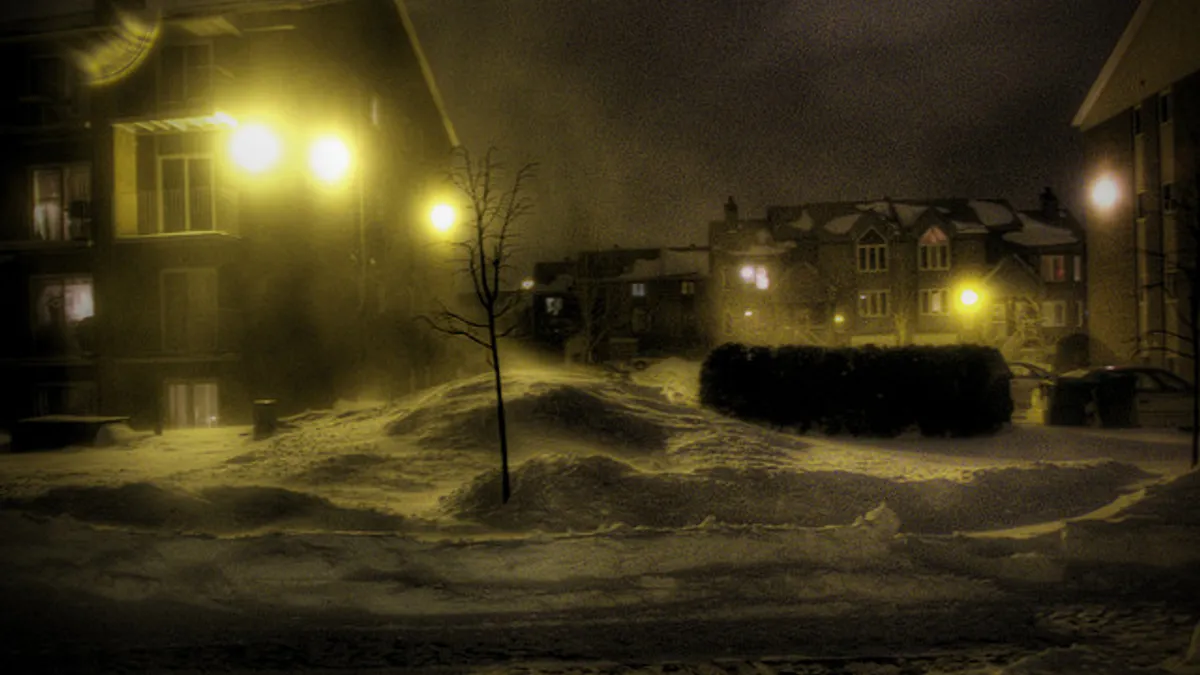Dive Brief:
- Natural gas and power price increases in New England this bitter winter may foreshadow the future for much of the U.S., according to Stephen Brick of the Chicago Council on Global Affairs.
- The most extreme gas price spikes were in the Northeast, as usual, especially New England, where about 46% of last year's power came from gas plants -- up from 30% in 2001. But pipeline bottlenecks contributed to supply shortages at power plants along the East Coast and in the Midwest, Texas and California, too, according to regional grid operators. As coal and even nuclear plants retire and gas owns a bigger share of the generation mix, gas pipeline capacity, especially in extreme weather events, will continue to be a challenge.
- Lower-48 households spent 5% more on electricity and 10% more for gas on average this winter, the Energy Information Administration reported. In the New York City area, Consolidated Edison said a typical residential bill went up 22% in February from a year ago.
Dive Insight:
Who knows whether future winters will be as biting as this one, the coldest since 1981-82. But gas supply and power price issues will remain challenges, especially as gas fuels more and more generation. Industry and regulators are trying to address the gas-for-power problem by removing market-practice barriers to reliable supply -- the Federal Energy Regulatory Commission last week proposed ordering more changes to pipeline operations and scheduling to coordinate better with power systems -- but fundamental supply-demand problems will remain.
"As you rely more on natural gas, or one fuel, you will see more and more spikes in power prices,” said Roshan Bains, director of utilities power and gas at Fitch Ratings. “Rolling blackouts would be more of the norm because of the aggravated fuel supply.”














